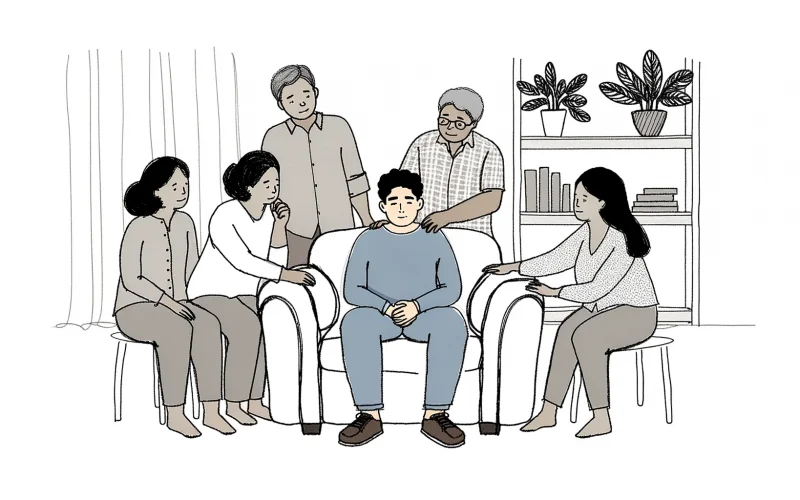While surgeries can vary depending on stage and type of testicular cancer, below are the most common surgeries, including the required Inguinal Orchiectomy.Inguinal orchiectomy: A procedure to remove the entire testicle through an incision in the groin. A tissue sample from the testicle is then viewed under a microscope to check for cancer cells. (Thesurgeon does not cut through the scrotum into the testicle to remove a sample of tissue for biopsy, because if cancer is present, this procedure could cause it to spread into the scrotum and lymph nodes. It’s important to choose a surgeon who has experience with this kind of surgery.) If cancer is found, the cell type (seminoma or nonseminoma) is determined in order to help plan treatment. [1]Retroperitoneal lymph node dissection: (RPLND) is a procedure to remove abdominal lymph nodes to treat testicular cancer, as well as help establish its exact stage and type. It is usually performed using an incision that extends from the sternum to several inches below the navel. While laparoscopic methods may be used, they have been considered less effective by some surgeons. [1]Port/Port-a-cath (optional) – A port is a small, round disc that is placed under your skin during minor surgery. A surgeon puts it in place before you begin your course of treatment (chemotherapy), and it remains there until you have finished. A catheter connects the port to a large vein, most often in your chest. Your nurse can insert a needle into your port to give you chemotherapy or draw blood. This needle can be left in place for chemotherapy treatments that are given for longer than one day. Be sure to watch for signs of infection around your port. [1] National Cancer Institute, 2014 http://www.cancer.gov/cancertopics/pdq/treatment/testicular/Patient




